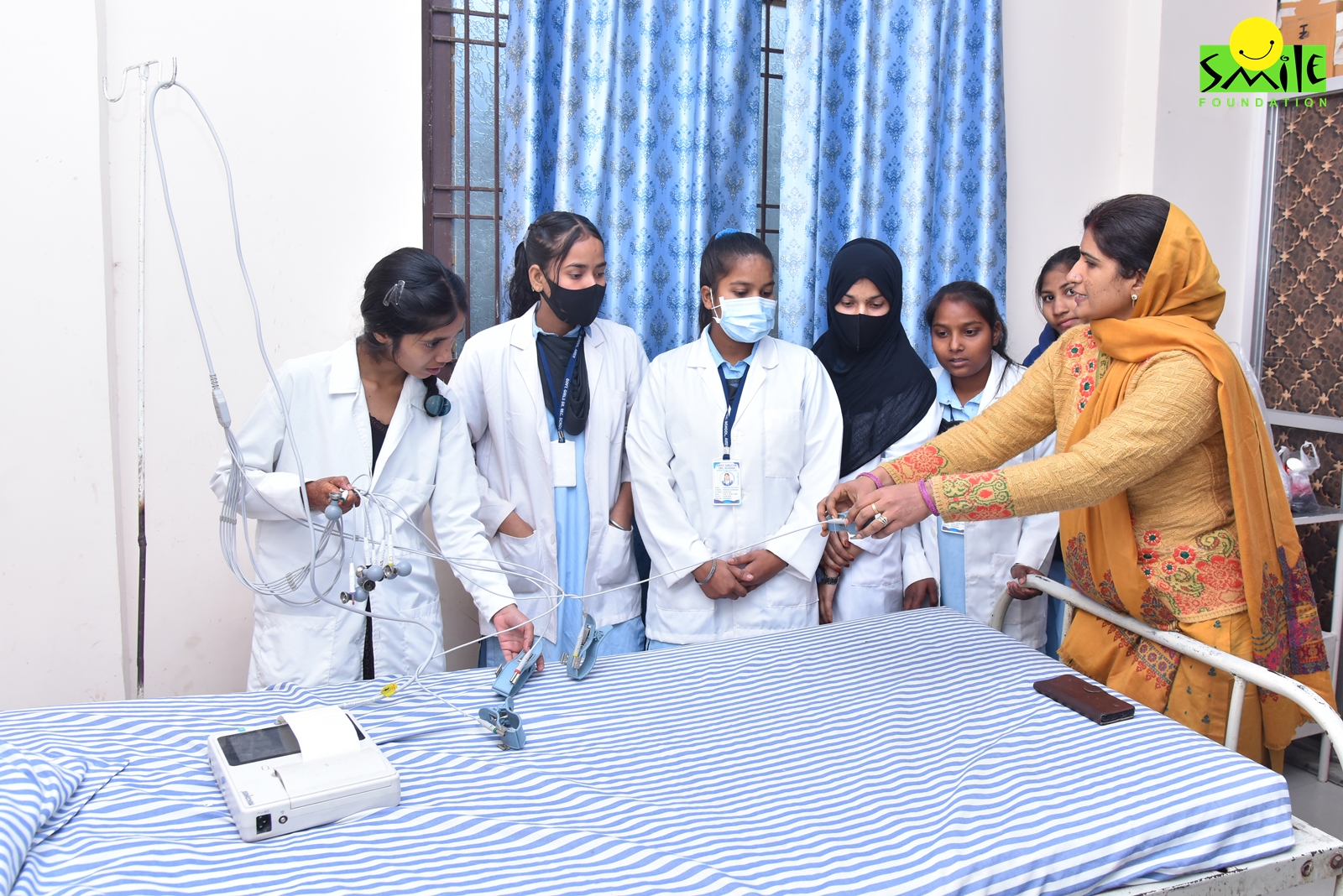How many of us believe that their children are breathing fresh air after placing one of the oxygen-producing indoor plants in their bedroom? If you are one of them, then you definitely need to be aware of the latest report titled ‘The State of Global Air: 2024’. It was jointly published by the Health Effects Institute and the Institute for Health Metrics and Evaluation’s Global Burden of Disease project. According to the report, India recorded the largest numbers of air pollution-related deaths among children aged under five years in the world. The country has lost 1.69 lakh children below five years to air pollution and other related diseases in 2021. It means 464 children are dying every day due to factors associated with air pollution.
Not just that, India contributes to over 50% of all ozone-related Chronic Obstructive Pulmonary Disease (COPD) deaths across the world. It has recorded 2.37 billion such deaths and is followed by China and Bangladesh. India, along with China, account for about 54% of the total global disease burden. India has been ranked third in the list of countries that had the worst air quality in 2023.
Research shows that India’s air pollution level is among the highest in the world. All its 1.4 billion citizens are exposed to the most harmful pollutants emanating from multiple sources. It has been posing a heavy threat to the country’s economy and health. Isn’t the data shocking? Read along to learn more about air pollution, which has been coined the silent killer.
What is air pollution?
Air pollution refers to the presence of harmful physical, chemical, or biological substances in the atmosphere. The pollutants can arise from both natural sources like wildfires and volcanic eruptions and man-made activities like transportation, combustion devices and industrial processes. These pollutants can adversely affect human health, the environment and the climate as they alter the natural characteristics of the atmosphere.
The World Health Organization (WHO) has set guideline limits for air pollutants to protect public health. Their data show that almost 99% of the global population breathes air that exceeds the limit and contains high levels of pollutants. Middle- and lower-income countries are among those who suffer from the highest exposures.
Pollutants that cause public health concern are particulate matter, carbon monoxide, nitrogen dioxide, sulphur dioxide, volatile organic compounds, and ozone. Particulate matter (PMs) are tiny particles suspended in the air that can penetrate deep into the lungs and cause respiratory and cardiovascular issues. It is categorised based on its sizes into PM2.5 (fine particles) and PM10 (coarse particles). Volatile organic compounds are organic chemicals that can evaporate into the air, often found in paints, solvents, and fuels, contributing to smog formation.
Impact of air pollution on health
True to its coined name, air pollution is indeed a deadly disease. People exposed to high air pollution are more likely to get respiratory diseases, cardiovascular diseases, diabetes mellitus, obesity, trachea, chronic obstructive pulmonary disease, stroke, reproductive, neurological and immune system disorders, and cancer. The WHO has strongly established the relationship between air pollution and type 2 diabetes, obesity, systemic inflammation, dementia and Alzheimer’s disease.
Studies have constantly established the connection between short-term exposure to higher levels of outdoor air pollution and reduced lung function, cardiac problems, and asthma. The association of PM2.5 with an increased risk of death is also being established by experts. According to the National Institute of Environmental Health Science, researchers have found that the number of deaths decreased significantly after air pollution regulations were strictly implemented and coal-powered plants were shut down. The research that studied 21 years’ data found that exposure to PM2.5 from coal was associated with a mortality risk that was twice as high as the risk from exposure to PM2.5 from all other sources.
When a person is regularly exposed to air pollution, he is prone to chronic diseases and cancer. Exposure to the pollution is associated with oxidative stress and inflammation in human cells that lay the foundation for cancer and chronic diseases. Air pollution, in particular PM2.5, has been classified as a human carcinogen, a leading cause for cancer, by the International Agency for Research on Cancer in 2013. A recent study revealed that chronic exposure to air pollution can affect every single organ in the human body and exacerbate existing health conditions. Children and adolescents are very vulnerable to air pollution because of their immature immune systems and organs. Air pollution damages the health of children and increases the risk of diseases later in their lives.
India and air pollution
WHO says that all of India’s 1.4 billion population is exposed to the unhealthy levels of PM2.5 that are emanating from various sources, like burning fossil fuels. Exposure to these particulates can cause deadly diseases, including cardiovascular diseases, stroke and lung cancer. The size of the particulates is about one-thirtieth the width of a human hair. The particulates at this size can also come from windblown dust, including dust from roads, industrial plants and construction sites. IQAir has released a list of the most polluted cities in the world based on over 80,000 data points collected between 2017 and 2023, and nine out of the top 10 cities are in India.
Research reveals that more than 50% of PM2.5 emissions are formed in a secondary way in the upper atmosphere when different types of gaseous pollutants from one area, such as ammonia, mix with other gaseous pollutants like sulphur dioxide and nitrogen oxides from another place. This secondary form spreads wider and farther than primary PM2.5. It means that the pollutants travel across states and cities without any jurisdictional restrictions.
Rapid urbanisation and a significant rise in the number of vehicles play an important role in the high pollution levels in the country. Urbanisation produces construction dust, among others. In addition, constantly emerging factories and power plants release pollutants at various degrees. Despite the development the country has witnessed in the last few decades, its people continue to burn waste in open sites, releasing harmful smoke and chemicals into the atmosphere. Not just that, people in rural areas still burn crop residues, especially during the winter seasons.
Studies point out that India has lost 1.67 million people in 2019 alone to air pollution. The number accounts for 17.8% of the total deaths that occurred in the country. India has been paying a heavy cost due to the air pollution. According to the WHO, the country’s lost output from premature deaths and morbidity due to air pollution accounted for economic losses of 28.8 billion and 8 billion US dollars, respectively, in 2019. The amount—36.8 billion dollars—was 1.36% of its Gross Domestic Product (GDP).
Conclusion
It is high time we both, as individuals and communities, pay attention and take effective steps to reduce air pollution. By limiting the release of pollutants in the atmosphere, we could avoid further damage done both to the living beings and the environment as a whole. By improving the quality of air, we are actually helping our children breathe without any struggle.









